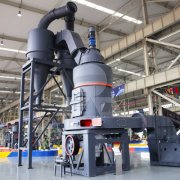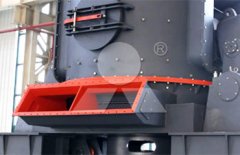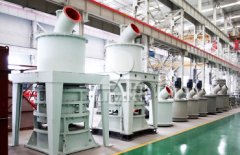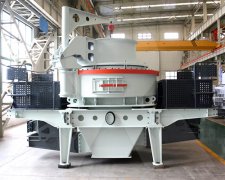How much does a set of putty powder equipment cost?
Putty powder is a type of building decorative material, mainly composed of talcum powder and glue. It typically has a whiteness of 90 or above and a fineness of 330 or above. It is used as a substrate for wall repair and leveling. With the development of housing construction, there is a high market demand for putty powder, making it a good business opportunity. But how much does a set of putty powder equipment cost? What is the profit potential in putty powder production? This article provides detailed information.
Putty powder is made from a proper amount of white cement, old powder, and talcum powder. Therefore, the main process involves grinding talcum powder. Talcum powder has a Mohs hardness of 1, and the finished product is generally between 200 and 1250 mesh. Considering the characteristics of the material, it is recommended to choose a Raymond mill and match it with some auxiliary equipment to form a production line. The specific production process for putty powder is as follows.
Raymond mill: As the main equipment of the putty powder production line, it has a three-dimensional structure and occupies a small area. It has strong completeness and can independently form a production system from raw materials to finished powder. The workshop can be operated without personnel, ensuring high efficiency. The finished fine powder has good quality, uniformity, high sorting accuracy, and a higher passing rate through the sieve. The fineness can be adjusted according to requirements.
System composition: Raw material silo → Bucket elevator → Jaw crusher → Raymond mill → Electromagnetic vibrating feeder → Analyzer → Powder collector → Pipeline device → Dust collector → Distribution cabinet → Finished product silo.
How much does a complete set of putty powder production machinery and equipment cost? The market offers varying prices, ranging from hundreds of thousands to millions of yuan. In addition to the above solution, there are many other configurations available. The applicable process flow varies depending on different production requirements, and the quotations from different manufacturers can also differ. Choosing the right manufacturer reasonably can help users minimize their investment.
Recommended news




